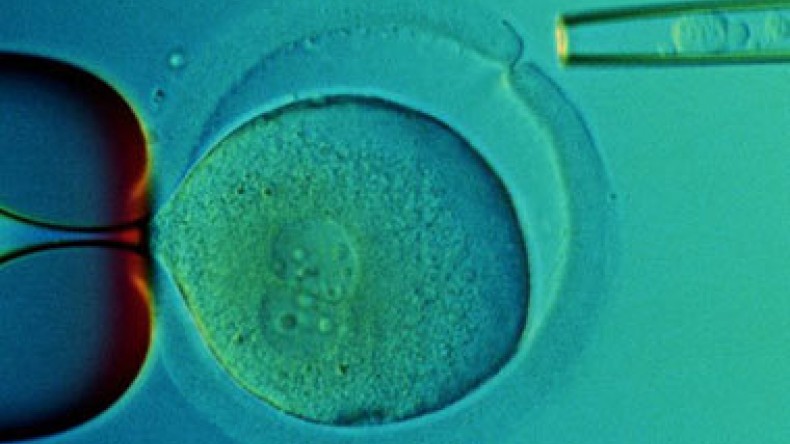
Stem cells help nearly blind see
Researchers say that human embryonic stem cells have restored the sight of several nearly blind patients -- and that their latest study shows the cells are safe to use long-term, CNN reported.
According to a report published this week in The Lancet, the researchers transplanted stem cells into 18 patients with severe vision loss as a result of two types of macular degeneration, an eye disease that causes progressive loss of sight.
Nine had Stargardt macular degeneration, the leading cause of juvenile blindness, and nine had dry atrophic age-related macular degeneration, the most common cause of vision loss in people over 50. There are currently no approved treatments for either condition.
The Mayo Clinic defines macular degeneration as occurring when tissue in your macula, a spot in the center of your retina, thins and breaks down. Stem cells can help rebuild this tissue.
All 18 of the study's patients were followed for three years. Researchers saw no signs of rejection of the cells and no abnormal growth, tumor formation or unwanted tissue types in any of the patients during that time period. On average, the vision of the patients improved about three lines on the standard eye chart.
Patients in a control group who did not receive a stem cell transplant did not show similar sight improvement.
Human embryonic stem cells come from eggs that are fertilized in vitro that are used for research. They have the potential to develop into any type of cell in the body.
"This is the first report showing that the cells are safe in the long term and that they can actually help people," said Robert Lanza, chief scientific officer at Advanced Cell Technology, which funded the study. "You can turns these into insulin-producing cells for diabetes, heart cells to treat heart disease. They can be turned into nerve cells to treat Alzheimer's disease or Parkinson's disease or stroke."
Lanza says that in the lab, researchers have also turned these cells into mesenchymal stem cells in animals that can be used to prevent the paralysis caused by multiple sclerosis or to treat lupus; they can be even used to prevent pain.
"We treated a 75-year-old horse rancher whose vision was 20/400, which is legally blind, and one month after treatment, his vision had improved 10 lines, which is 20/40 -- and he can even ride his horses again," Lanza said. "Other patients report similarly dramatic improvements. It's made a huge difference in the quality of their life.
Lanza says this is only the beginning. "These cells can be used to treat a wide range of human diseases caused by tissue loss or dysfunction."
Newsfeed
Videos






























